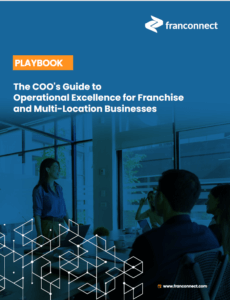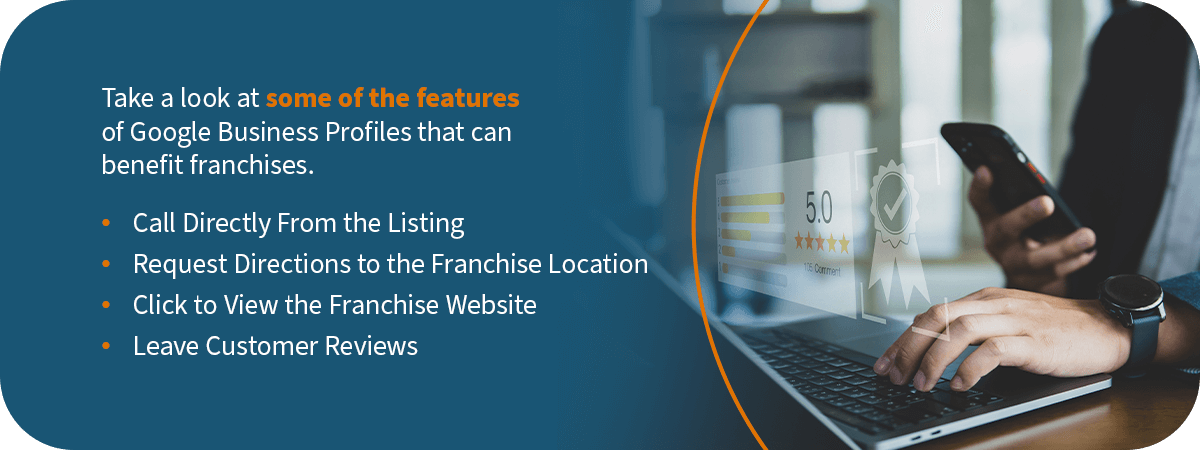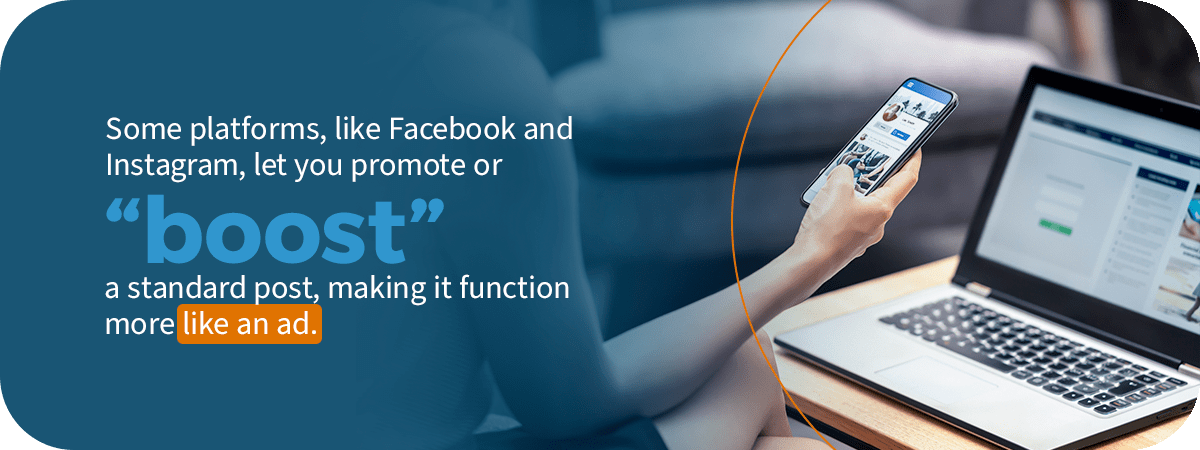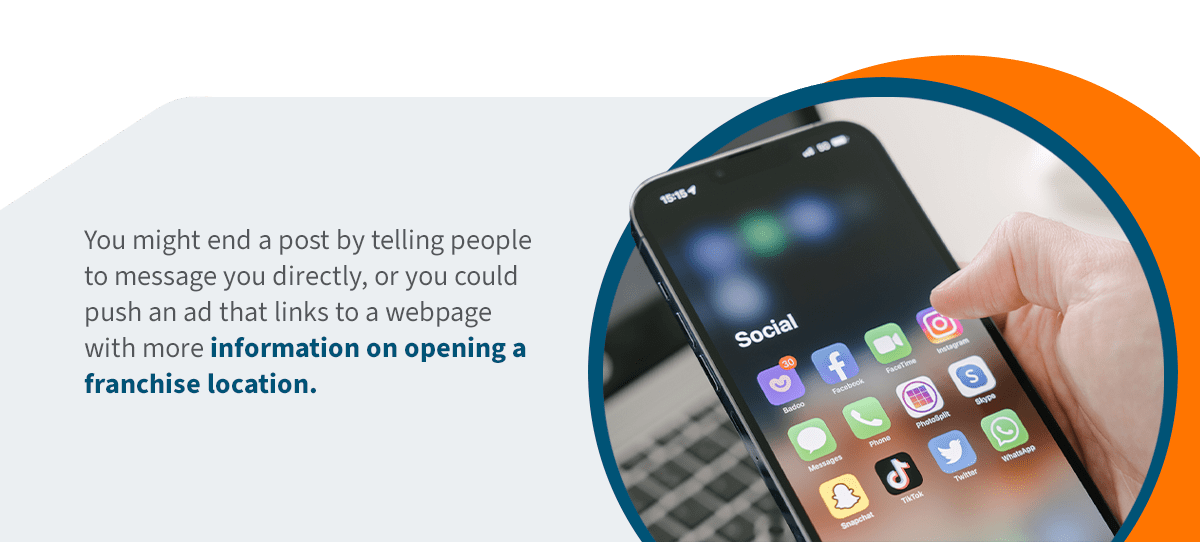Have you considered that when building your “tech-stack” that it can be very much like owning a house. Initially you tackle several DIY projects such as painting, replacing carpets, or remodeling your kitchen. But over the course of time, you recognize that your needs will go far beyond physical aesthetics. The question becomes “do you keep patching things up with single-point technology solutions, or do you go all in with a platform that’s built with the end in mind?”
It’s Time to Calibrate Your Technology.
Revisiting the DIY theme, just like your home, technology isn’t something that once it’s set up you can forget about it. You need to think about ongoing maintenance. Starting off, we’ve all been there, and have grabbed a few single-point technology solutions to address immediate issues and needs. It is practical like fixing a faucet that drips vs. overhauling your plumbing system. But as you begin scaling your brand, these Band-Aids begin to reveal their limitations. It’s simply untenable trying to manage all your disparate tech tools. You’re likely to experience more headaches as your operations just feel disjointed.
The Benefits of a Platform Solution
As you consider moving to a platform solution, you’ll find that it can provide you with a cohesive solution where everything resides under one roof, where you’ll have the ability to integrate your operations, sales, training, royalty management and more becomes a unified system that’s designed to scale with you. And you’ll often find that this saves you more dollars through consolidation.
The brilliance of a technology platform is that it delivers true synergy – where a single, streamlined process will create far greater efficiency. The bottom line is that all facets of your technology will work better together. It also improves your users’ experience. It’s just too much asking your users to log into a dozen different tech solutions – all which behave differently.
Is it Time to Consolidate your Technology?
Sooner or later, every multi-location business will face a moment of truth. When you consolidate onto a single platform, you are making the choice to bring order to chaos. This change isn’t about minimizing the number of tech solutions you use, but about using a purpose-built solution that meets your specific challenges, goals and objectives. It is the difference between generic one-size-fits-all tools opposed to getting something that fits you like a glove.
Consider the success of Zoom. It wasn’t just about making phone calls, but envisioning how we connect. Your technology shouldn’t just “work”; it should accelerate moving your brand forward. You can see evidence of this in that 20 FranConnect customers make up the top 50 franchises listed in the 2024 Franchise 500 following their leap to a platform that is specifically designed for franchising success. Additionally, multiple FranConnect non-franchise customers have also been listed as some of the fastest growing brands in their respective industries.
Only One Way to Coast, and That’s Downhill
In my experience, one of the greatest concerns that brands face is the fear of being left behind. Whether you’re an emerging brand, or a large enterprise system, you have the opportunity to move towards technical maturity now. By moving forward with a platform solution vs. siloed single-point solutions, your brand will position itself for accelerated growth, greater efficiencies, and enhanced competitiveness. Technology is advancing at such a rapid pace, that the strategic integration of technology is much more than an operational advantage, it will be the hallmark of sustainable success.

















 Ian Walsh
Ian Walsh








